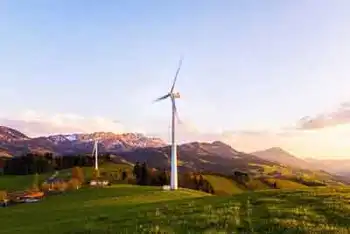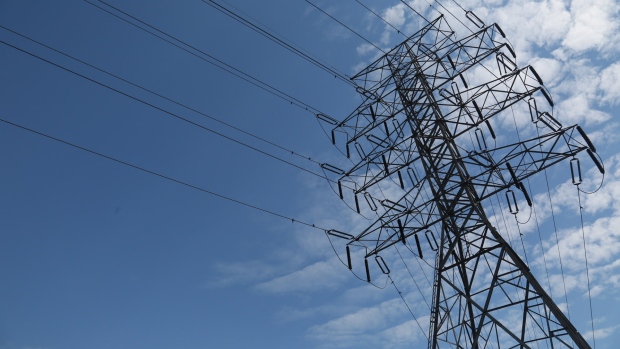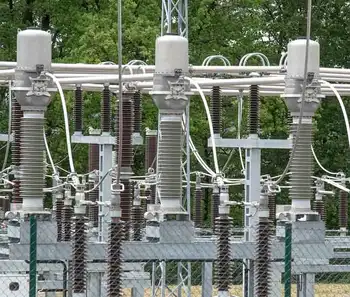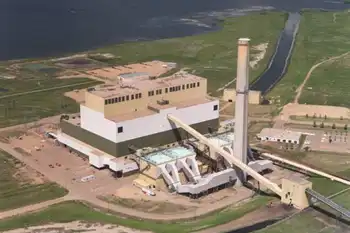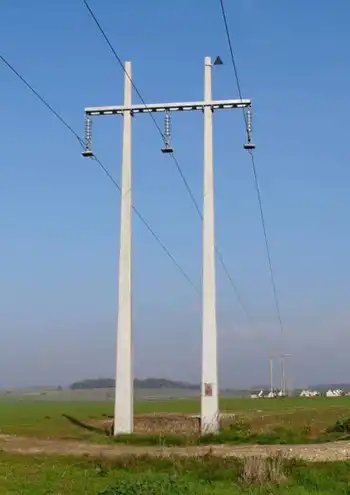Senator Corker says ash flood is 'wake-up' call
By Associated Press
Substation Relay Protection Training
Our customized live online or in‑person group training can be delivered to your staff at your location.

- Live Online
- 12 hours Instructor-led
- Group Training Available
The Chattanooga Republican took a helicopter tour over the site near Harriman where 1.1 billion gallons of ash sludge surged from a collapsed retention pond two weeks ago. He was briefed by TVA officials and met with affected residents.
Later he told a news conference that TVA has no plans to use that holding pond again, though the federal utility hasn't decided how it will dispose of fly ash in the future at the 1950s-era Kingston Fossil Plant.
Corker said it was too soon to say if "bad luck or malfeasance" was to blame, but he pressed TVA to make things right for the victims, including not only the three homeowners whose houses were destroyed but a broader population of retirees and lake lovers drawn to the idyllic banks of the vast Tennessee River system.
"Whether it was the heavy amounts of rain, whether it was something else that an engineer should have caught but didn't" that caused the dike to breach, he said, the result is "this is a devastated area now."
"I think it is wake-up call for both the federal government and state entities that are involved in inspecting these particular facilities to make sure that we do everything we can to make sure the integrity is there," he said.
Gov. Phil Bredesen has promised to review state regulatory practices and the federal Environmental Protection Agency has suggested taking greater oversight of these coal waste piles. Corker said he was talking with both the governor and EPA about the issue.
State, EPA and TVA staff have been monitoring air, water and soil for toxins up to 4 miles from the 300-acre waste area since the mishap on December 22, and those efforts are continuing.
State Environment and Conservation Department spokeswoman Tisha Calabrese-Benton said new tests of 22 private wells found all within drinking water standards. The state continues to sample water intakes for the towns of Rockwood and Kingston and "no problem has been found with any municipal water supply," she said.
Despite those assurances, Corker said when he was handed a cup of tap water to drink during his tour he hesitated. "I did drink it," he said after a pause. "And I feel pretty good."
TVA spokeswoman Barbara Martocci said the Knoxville-based federal utility has yet to put a price tag on the cleanup, which currently involves 150 people, 40 contractors and 74 pieces of heavy equipment.
Corker said he doubted TVA, a self-supporting federal corporation "is going to be coming to the federal government" for help paying for the spill. "They need to solve this within the boundaries of their own entity," he said. He wouldn't rule out a TVA electric rate increase.
TVA will open an outreach center for victims on Tuesday in Kingston and will hold another public meeting in Harriman Tuesday evening with citizens on the cleanup effort.
The U.S. Senate Environment and Public Works Committee plans a hearing on the spill in Washington on Thursday. TVA President Tom Kilgore and critic Steve Smith of the Southern Alliance for Clean Energy are to testify.
"I am sure there will be people in our country that will feel (the spill) says a lot about" the environmental problems with coal-generated electricity, including mountaintop removal mining practices, Corker said.
"But I think coal is going to be here for a while," he said.
"In the interim, I think we need to be focused on making sure that as we use it, it is used in a clean way and a responsible way, and certainly that these types of issues do not happen again."
Knoxville-based TVA supplies electricity to Tennessee, Mississippi, Alabama, Kentucky, Georgia, North Carolina and Virginia.





